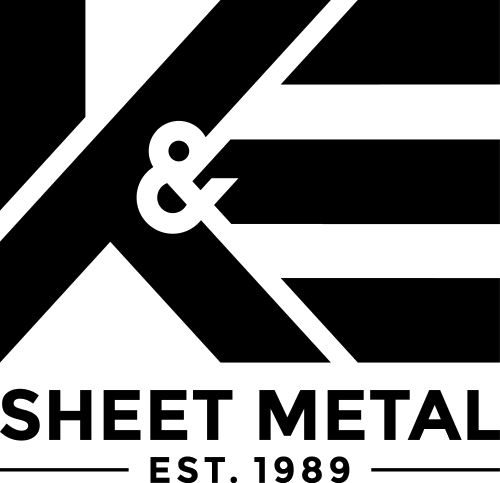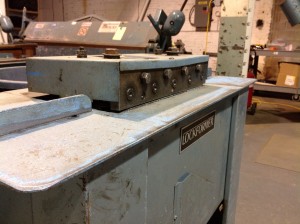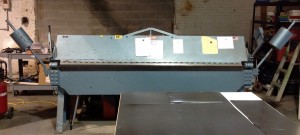
Our teeny tiny little company could be the poster child for local, micro, niche business. So why should a company so diminutive in size make it a priority to focus on their Linkedin company page?
Here are five reasons why any micro business should have a presence on Linkedin:
1. Don't Judge a Micro-Business by it's Cover
Nobody really knows the size of your micro-business and most could really care less. The customer wants the job done right, for a good price. That's it, that's the list. They don't care about the number of employees or how colorful your trucks are. Most customers want the project done properly, on time, by good people and priced fairly in accordance with the market.
Your Linkedin company page is a great place to make those connections, to show and promote the products and services that make your company special, no matter how big or small you might be.
Just because Linkedin seems like only a place for big business and financial or law firms, doesn't mean that local, micro-businesses can't flourish and learn from the site. Many business employees on the site and in groups are very gracious with their time and insights about business best practice.
You have knowledge as well, make your voice heard no matter what size company you currently have.
2. Budget Should Not Be an Issue
Anyone running a micro-business knows that sweat equity is the only way to get things done. You have to put in the hours to move the company forward. Yes, budget is a concern, but the internet is a never ending, low cost business tool that every owner should be using. Linkedin company pages should be one place you focus to grow relationships for no dollars.
The page is free.
It's your job to put the time and effort into making it a powerful tool to help grow your micro-business. Believe me, I'm still learning and updating my pages to get our name and what we do out into the world. However, I am the one putting in the time to save the money. No one knows my business better than I do. Don't feel like everything has to be subbed out just because you don't understand it. Not only is the web a powerful business tool, it's also a free education on any subject you choose to learn about.
Learn something new, create these micro-business advantages yourself and save money in the process.
3. Networking is Important for Micro-Business Too
I did not want to believe this a few years ago when our company was struggling to find good partners and contractors who we could trust. My anxieties got in the way, making it difficult to put our company out there, working to find new business connections and innovate at the same time.
Our micro-business is very niche and boring, not on the minds of customers until their furnace quits or a contractor informs them new ductwork is a must. My job is to make sure that not only customers know who we are and what we do, but also business owners who can promote or use our services as well.
Linkedin and Linkedin company pages is 24 hour networking service, finding the business owners in your industry who can help promote your business and find customers, even for micro-business owners. Sometimes the hardest thing is locating good partners and people that can help your business to grow and prosper. Linkedin promotes this process and Linkedin company pages make it easy to inform those connections about what your doing daily.
Good relationships is what keeps our micro-business afloat when times get tough. My father always preached to never burn bridges. I hated the cliche when I started working here 15 years ago, but it's completely true and has worked in our favor more than once over that time period.
4. Keep Your Linkedin Company Page Current
We are still working to update and make our web presence as pleasing to our customers as possible. Again, sweat equity to keep costs down. I do the designing and updating myself of all our pages and the website, making the process slow and tedious, but necessary for our micro-business to flourish in a world moving feverishly toward the web and the cloud.
There is nothing more annoying than searching for a local business and seeing the stock avatar and business name only. We get it, you signed up and have never been back to update, you're too busy. However, this makes any connection via that platform meaningless and worthless for your micro-business or potential networking opportunity. Focus to take any and every business relationship you can get.
Keep those Linkedin company pages current
5. Don't Sell Yourself Short
I struggle with this on a daily basis and it's something a micro-business owner should never do, whether in person or on the web. I'm still working to sell our company properly whether on our Linkedin company page or any other. The thing is, I know we do a great job and it's not egotistical to let our customers and business partners know that.
This doesn't mean telling everybody your company can produce anything under the sun for the cheapest price possible because truth is, that is completely false. You know what your micro-business can do and it's more than likely small scale, but the quality is probably bar none. You know your pricing is good and you do everything you can to make the customer happy. Do what your micro-business does well, to the best of your ability and promote the hell out of it.
Our company makes sheet metal boxes for residential heating and cooling systems. My whole business life that's how I thought of our business. However, those tin boxes have a function and we fabricate each of them custom to the customers needs, locally and at a great price. My job is to make sure people in my community and on the web know this about our company.
My business may be small, but we do fantastic work and care about customers. Our business partners are important to us and making sure we are accessible any way possible and on a budget is key to growing and promoting our micro-business into the future.
This is what you should be focusing on in your business, getting the word out and making connections in your industry and a properly setup Linkedin company page is a great way to start.
Follow the K & E Sheet Metal Company Page







